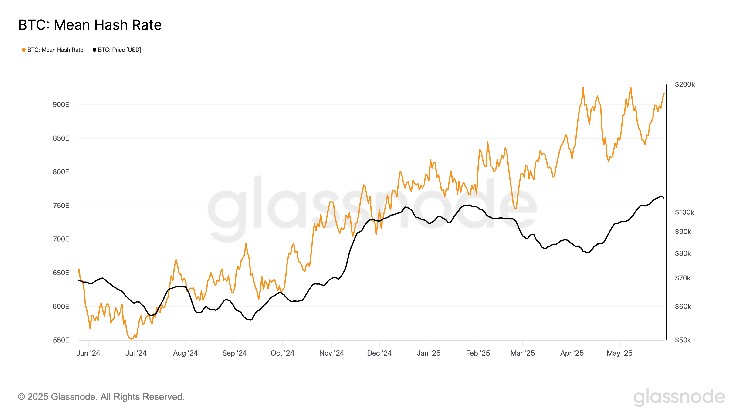Fresh off his official departure from the Department of Government Efficiency, or DOGE, Elon Musk unveiled a bold plan to colonize Mars and make humanity a multiplanet species on Thursday during a presentation at Starbase, Texas, the newly incorporated city established by SpaceX.
Musk outlined plans for an interplanetary transport system designed to ferry humans to the Red Planet, with the ultimate goal of establishing a self-sustaining city there. Though he gave no timetable during his speech, in March, he predicted that humans would live on Mars within the next 20 years.
“Progress is measured by the timeline to establishing a self-sustaining civilization on Mars. That’s how we gauge progress here at Starbase,” Musk told the audience. “Each launch—especially in the early days of Starship—is about learning what’s needed to make life multiplanetary and improving Starship until it can ultimately carry hundreds of thousands, if not millions, of people to Mars.”
Musk’s renewed push to reach Mars comes after he stepped down from his role as head of DOGE under President Trump. Elon Musk’s ambition to colonize Mars has been central to his outlook for humanity’s future since he first proposed the endeavor.
The Road to Making Life Multiplanetary: an update from @elonmusk on SpaceX’s plan to reach Mars pic.twitter.com/d2cnsVKK80
— SpaceX (@SpaceX) May 29, 2025
The plan to reach Mars relies on SpaceX’s Starship and orbital refueling, with uncrewed missions set to begin in 2026, aiming to establish the first human settlements on Mars by 2029. Musk estimated that one million tons of cargo will be needed to establish a self-sustaining Mars colony, involving thousands of Starship launches.
“We’re now at the point where we can produce a ship roughly every two or three weeks,” Musk claimed. “We don’t always produce one that often because we’re making design upgrades, but ultimately we’re aiming for the ability to produce 1,000 ships a year—three ships a day.”
Starship will hopefully depart for Mars at the end of next year with Optimus explorer robots!
— Elon Musk (@elonmusk) April 10, 2025
In addition to the massive Starship, SpaceX’s roadmap to Mars centers on key elements including the new Raptor 3 engine for greater efficiency, a reusable heat shield to survive atmospheric reentry on both Earth and Mars, and orbital refueling to extend range and maximize payload capacity.
Raptor 3 (sea level variant)
Thrust: 280tf
Specific impulse: 350s
Engine mass: 1525kg
Engine + vehicle-side commodities and hardware mass : 1720kg pic.twitter.com/zormSroZyh— SpaceX (@SpaceX) August 3, 2024
Musk said SpaceX will use Tesla Optimus robots to lay the groundwork and construct the Mars colony. The first human missions are set for 2027, with the Arcadia Planitia region targeted as a potential site for the initial settlement. Long-term goals include transporting at least 1 million tons of infrastructure, building multiple launch and landing facilities, and using Starlink satellites to maintain communication.
Ultimately, Musk said, the objective is to establish a self-sustaining civilization on Mars as a backup for humanity.
“At that point, we’ve achieved civilizational resilience where Mars can potentially come to the rescue of Earth if something goes wrong or maybe Earth could come to the rescue of Mars,” he said. “But having two planets that are both self-sustaining and strong, I think, is going to be incredibly important for the long-term survival of civilization.”
Once Mars is colonized and serves as a stepping stone, Musk said, humanity could begin journeying to other planets in the solar system—and eventually, to other star systems.
Orbital refueling and propellant transfer, Musk said, are critical to the success of reaching Mars.
“Think of it like aerial refueling for planes—but in orbit. It’s never been done before, but it’s technically feasible,” he said. “Two Starships would dock, and one would transfer fuel and oxygen. Most of the mass is oxygen—about 80%—with just over 20% fuel. You send a Starship to orbit full of payload, then send others to refill its propellant.”
Despite a controversial foray into politics and setbacks including a Starship exploding over Turks and Caicos in January and another exploding on Wednesday, Musk appears committed to the mission of reaching Mars—a mission he said isn’t just about technology, but about shaping the future of humanity.
“We can be out there among the stars, making science fiction no longer fiction,” he said.















Leave a Reply